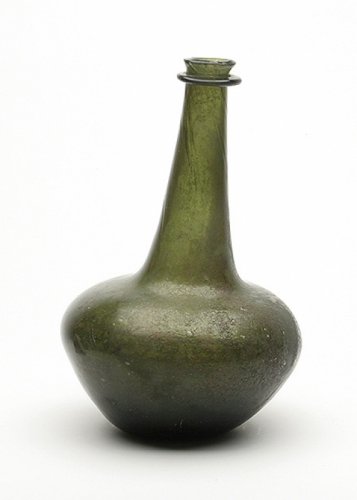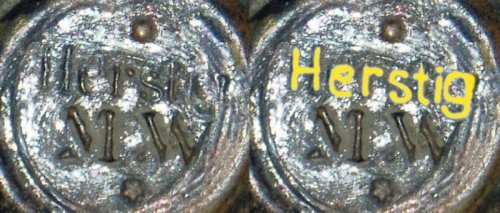daltonbottles
Well-Known Member
- Joined
- May 11, 2010
- Messages
- 54
- Reaction score
- 3
- Points
- 0
I'll throw in my two cents here, and try to stay on topic. Onion bottles, Dutch, English, or otherwise, were once a fairly scarce collectible in the bottle kingdom. But with the onslaught of Essequibo material coming on the market in the past many years, Dutch onions in particular are VERY affordable to even the low-budget collector these days. If what you have is a simple, and relatively common, "plain old" Dutch Onion, and with the damage you are describing, you will be lucky to get 20 or 30 bucks. On the other hand, if the bottle is from the location and time period described, it could very possibly be an early shaft and globe, the forerunner to the true onion. Nice examples of THOSE could realistically bring 5000 to 10,000 dollars, with the key being "nice". Any damage is going to obviously affect the value. Then again, if you have a true BLUE onion of ANY origin, you have something truly special, and the associated damage could be a minimal concern. Willy Van den Bossche has a turquoise English onion shown in his book "Antique Glass Bottles" that is opaline glass, but it dates a couple of decades later than the wreck you mention. Still, a true blue onion is a rarity, as long as it is the GLASS that is blue, and not simply the patination.
As others have said, a picture is worth a thousand words of description. But even the best of pictures are not worth ten thousand dollars. Anyone even considering laying out that kind of cash will need to see your bottle "hands on"......... that is almost guaranteed.
Hope this is of some help.
As others have said, a picture is worth a thousand words of description. But even the best of pictures are not worth ten thousand dollars. Anyone even considering laying out that kind of cash will need to see your bottle "hands on"......... that is almost guaranteed.
Hope this is of some help.




